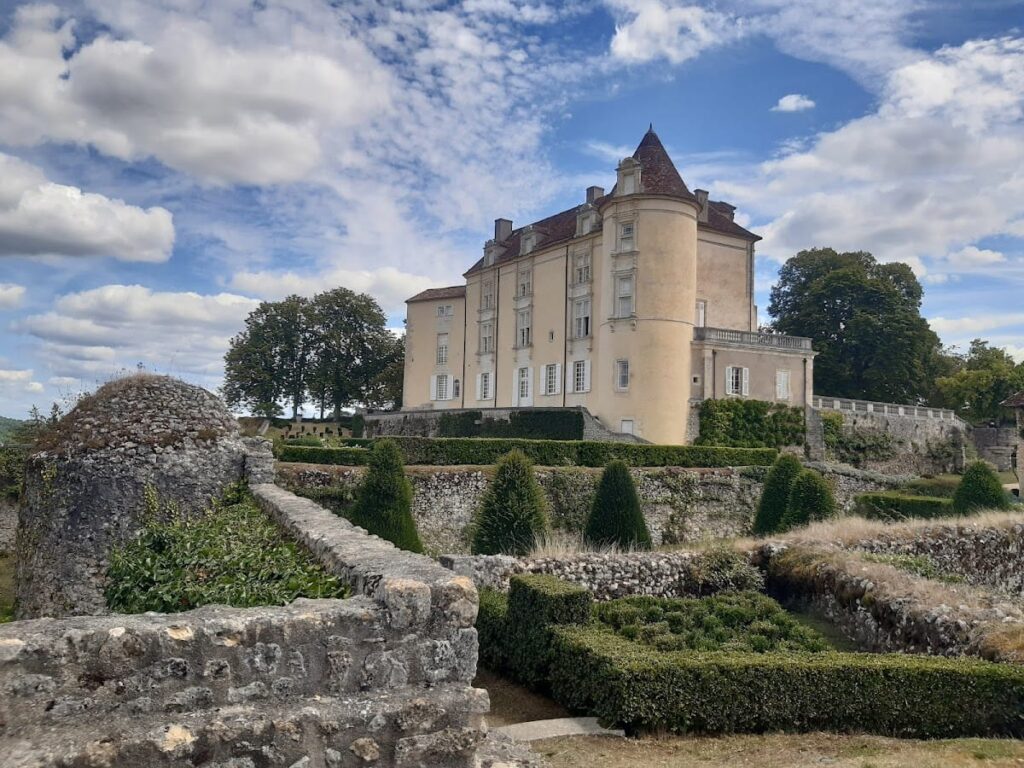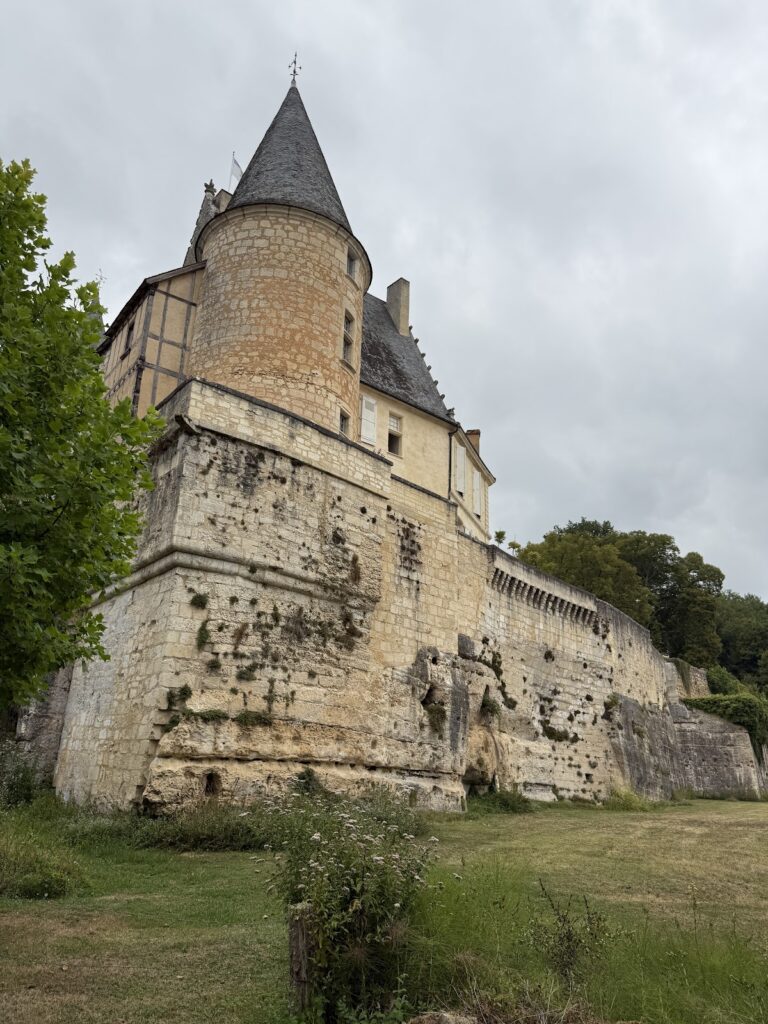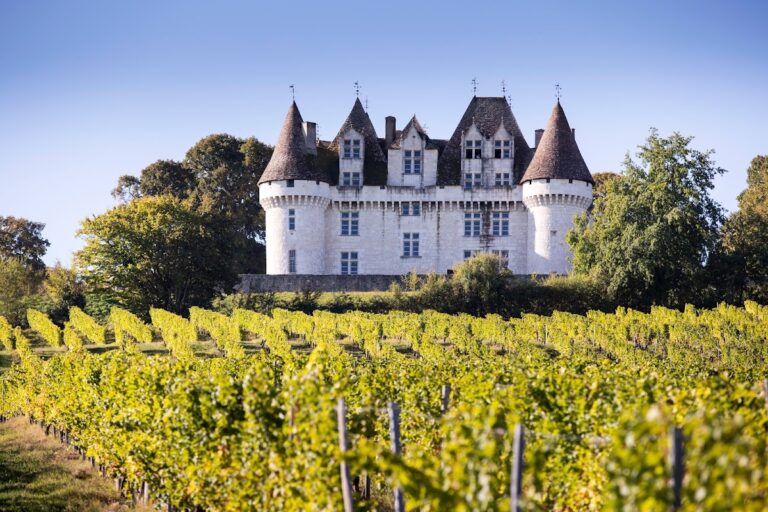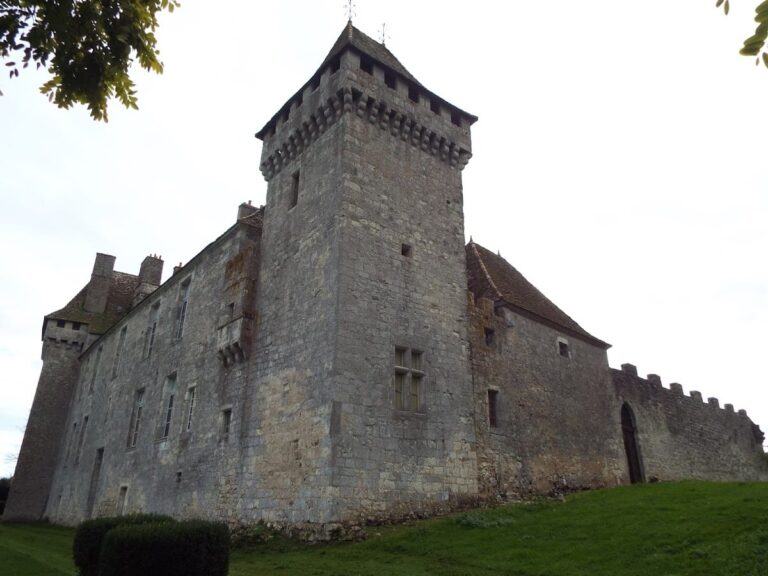Château de Montréal: A Historic Castle in Dordogne, France
Visitor Information
Google Rating: 4.3
Popularity: Low
Google Maps: View on Google Maps
Official Website: www.perigord.com
Country: France
Civilization: Medieval European
Remains: Military
History
The Château de Montréal is situated near Issac in the Dordogne department of southwestern France, overlooking the Crempse valley. Its origins date back to the 12th century when it was first constructed as a medieval castle. This initial fortress served as a stronghold in the region during the Middle Ages.
In the 14th and 15th centuries, the seigneurie (lordship) of Montréal was held by the Saint-Astier family. Following this period, ownership passed to the Peyronencq family. During the 16th century, the Pontbriand family acquired the estate and undertook significant rebuilding and modernization efforts. They introduced Renaissance architectural features, including a new façade and the chapel Sainte-Épine. This chapel was built to house a relic known as the Holy Thorn, believed to have been found on the body of General Talbot after the 1453 Battle of Castillon, the last battle of the Hundred Years’ War.
Claude de Pontbriand, Seigneur de Montréal in the 16th century, is historically notable for joining the explorer Jacques Cartier in 1535. He participated in the exploration of the Saint Lawrence River and was present at the discovery of Hochelaga, the site that later became Montreal in Canada. This connection links the château to early French exploration in North America.
In the 17th and 18th centuries, the château passed to the Duchesne family. Later, in 1752, it came into the possession of the Faubournet de Montferrand family, who continue to own it today. Throughout these centuries, the château remained a noble residence, adapting to changing architectural styles and defensive needs.
The château’s defensive structures, including its double ramparts, were modernized in the 16th century and have been well preserved. Since 1948, parts of the site have been officially recognized as a monument historique, with additional sections listed in 1991, reflecting its cultural and historical importance.
Remains
The Château de Montréal is built on a strategic site overlooking the Crempse valley, featuring a layout typical of medieval fortifications later adapted with Renaissance elements. The castle is enclosed by a well-preserved double enceinte, or double wall, forming a defensive system that was updated in the 16th century.
One of the oldest parts of the château is a vaulted underground chamber dating from the 12th century. This stone chamber remains intact and accessible, demonstrating the original medieval construction techniques. Nearby, a natural cave is reachable by a staircase, adding to the site’s unique subterranean features.
The Renaissance façade, added during the 16th-century renovations by the Pontbriand family, includes mullioned windows framed by columns. The chapel Sainte-Épine, also from this period, houses Renaissance sculptures such as recumbent statues of François de Pontbriand and his wife, statues of the Twelve Apostles, the Virgin Mary, and an oratory. This chapel was specifically built to enshrine the Holy Thorn relic.
Surrounding the château are Italian-style gardens developed on the old ramparts and terraced in the early 20th century by landscape architect Achille Duchêne. The gardens include a lower Italian garden with white and purple hibiscus, ivy, and walls covered with white and cream roses and clematis. The upper garden is a French formal garden arranged on two terraces, featuring flower beds with roses, nepeta, blue salvias, and collections of red and yellow dahlias. A smaller garden area contains hydrangeas, peonies, and rose cultivars such as ‘Iceberg’ and ‘New Dawn’.
Outside the park walls stands a star-shaped pergola covered with hornbeam trees (Carpinus betulus). This pergola was severely damaged during the 1999 storm but was carefully replanted and restored, preserving its original design.
The château remains furnished and inhabited by the Faubournet de Montferrand family, maintaining its historical interior character and preserving its heritage.










